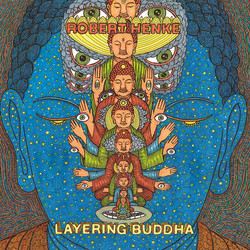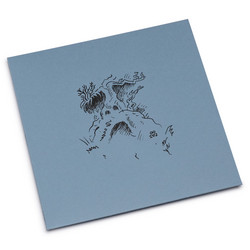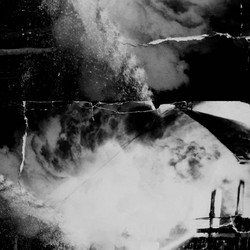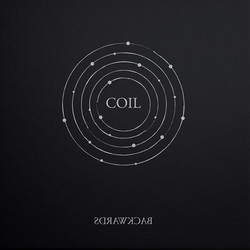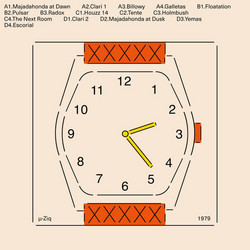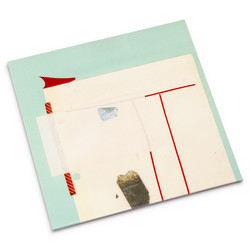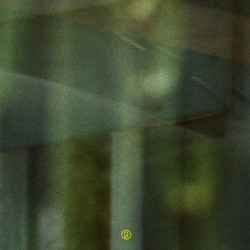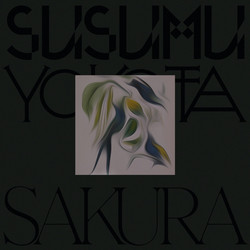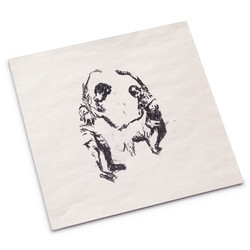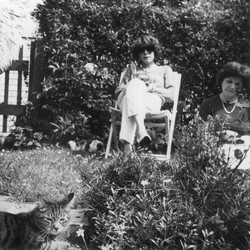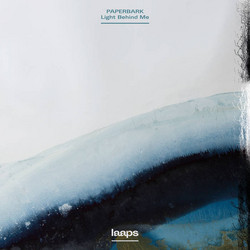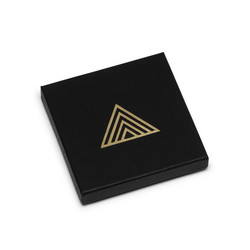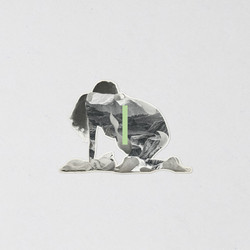"Sealed, original copies of this wonderful 1986 private-press home-studio Electronic Music outing, direct from the artist. While reissues and contemporary efforts unquestionably dominate the the current landscape of recorded music, among its more fascinating and rarely mentioned objects, are warehouse finds. These records, due to lack of demand upon their initial release, have lingered for decades on shelves and pallets, in closets and under beds, waiting for a new generation of sonic explorers to come along. Though easy overlooked, they are among the most important objects of the present day - neglected fragments of the past - kernels of unmediated, pure truth, and windows, accessing contemporary listening practices, tastes, and efforts in historicization. One such case is James Bailey’s lost marvel Dimensions, an album of stunning synthesis, electronics, and processing, which appears before us, in its original private pressing, over thirty years after its initial release.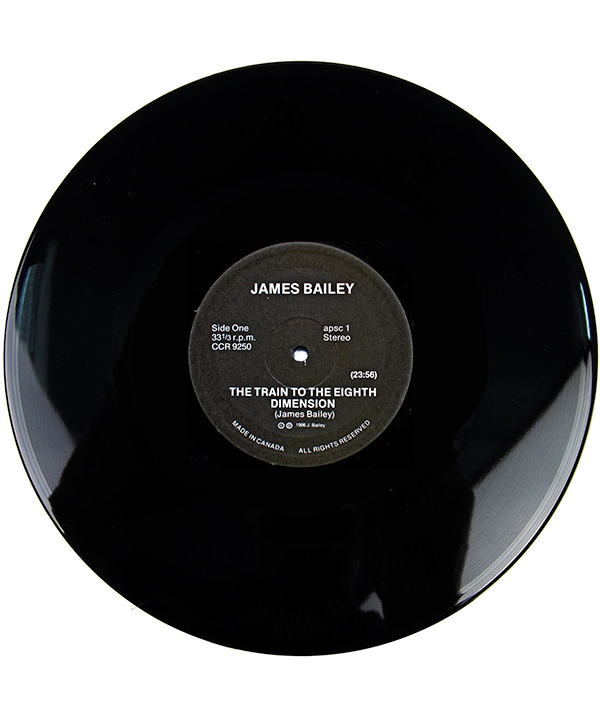
James Bailey is an improviser and electroacoustic musician, who has been working within the shadows of the Canadian underground for decades. Dimensions, privately released on his own Applied Science imprint in 1986, while sonically stunning, equally opens a schism with many of the standing narratives of history. It is an emblem and indication of a neglected context - the self-reliance, ambition, and DIY ethos, which electronics activated within the avant-garde. Where Punk has largely dominated our vision of the pathways away from the corporate hold on recorded music, there is another history, beginning far earlier, lasting far longer, and operating with more diversity, which begins with experimental and avant-garde music’s engagement with magnetic tape and electronic process, following the Second World War. Bailey among the inheritors of this long arc - its movement away from larger studios, activated by advancing technology, which instigated a creative freedom, which our contemporary context still benefits.

Dimensions was recorded in Bailey’s home between 1978 and 1984. It features three remarkable improvised works for magnetic tape, utilizing a number of processes and sources. The clues to its depth begin with The Train To The Eighth Dimension, a work which, while drawing its sounds source from a Mini Moog synthesizer, is in fact is a deceptive work of nearly twenty-four minutes of tape delay. For Bailey, process is equal to, if not greater than, the nature of source. To create it, Bailey placed a set of open reel tape recorders side by side - the tape passing through the first to record and the second to play back, which then returned to the first. Built from white noise, modulated and filtered at a progressive rate, until it becomes a sine wave, after which the rate of modulation slowly decreases. The totality creates phasing of both the signal and beat, at variable rates - a marvel of Minimalism, as it has rarely been thought of, or heard. The second side features two equally remarkable, shorter works. 4HC is a discrete work for electric guitar made in 1982, employing a similar technique of tape delay and found on the previous side, complimented and offset by the longer and more ambitious From A Window· 1 a.m. Created in 1978, this work features two overdubbed sound sources - a field recording of several hundred crickets outside the artist’s bedroom, which prompted Bailey to improvise, and attempt to mimic them, by bowing a prepared electric guitar with a spring. The result is stunning world of shimmering rhythmic and tonal ambience, filled with an organic touch and warmth, the depth of which is rarely known in the world of electronics.
Approaching his lost debut, it’s wonder that James Bailey is not more well know. Dimensions is clearly a work of humble, but profound, importance. An album that everyone should have know and heard, but few in fact did - most copies remaining in its artist’s hands. We are thrilled to be able to off a limited number of this brilliant LP in its original pressing - an opportunity not to be missed. One of the great works of electronic DIY, brimming with warmth and creative brilliance. Stunning on every count. May its return amend the sins of time, offering Bailey all the attention he rightly deserves.
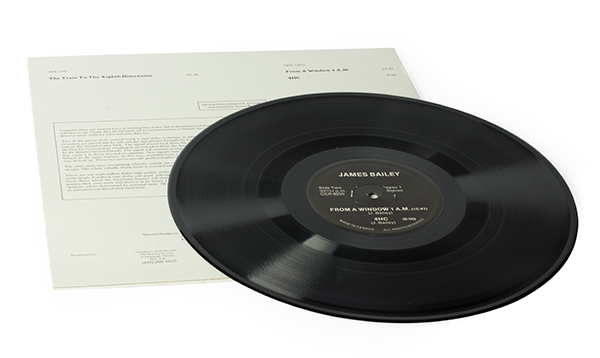
1. The Train to the Eighth Dimension (April, 1984)
This was created using a Mini-Moog synthesizer and tape delay. The right channel playback was returned to the left input and the left into the right. This results in the sound hopping or sweeping from side to side. It was built from white noise which was modulated and filtered. Both the modulation and filtering were slowly increased until the white noise became a sine wave signal after which the modulation was slowly decreased. As a result of the looping, phasing of both the signal and beat occurs at several points. Yes, the title was inspired by "The Adventures of Buckaroo Banzai"
2. From A Window· 1 a.m. (June, 1978)
One of my earliest attempts at a serious tape music composition. Many of the playing techniques were the result of experiments carried out shortly before recording. There are two basic sound sources for this piece. The first, and the one which inspired the overall structure, was a chorus of what must have been several hundred crickets outside my bedroom window one warm summer night. The rhythmic pattern they created prompted me to improvise, and attempt to mimic, along with them by bowing an electric guitar string with the spring from a ball point pen. Other sounds were created by "preparing" the guitar. That is, objects were placed under, between, and over the strings to alter the sound. The strings were then tapped with whatever mallett-like implement was at hand. The title should be obvious.
3. 4HC (July 11, 1982)
Recorded in the back garden the day Italy won the World Cup. I had attempted to make a tape delay recording of the many car horns which I was expecting to hear, but when this was less than successful due to my remoteness from the "scene of the action", I decided to plug in the electric guitar instead and doodle. This quaint and occasionally charming piece was one result. The title I would prefer to remain a mystery.
(August 1986)"
